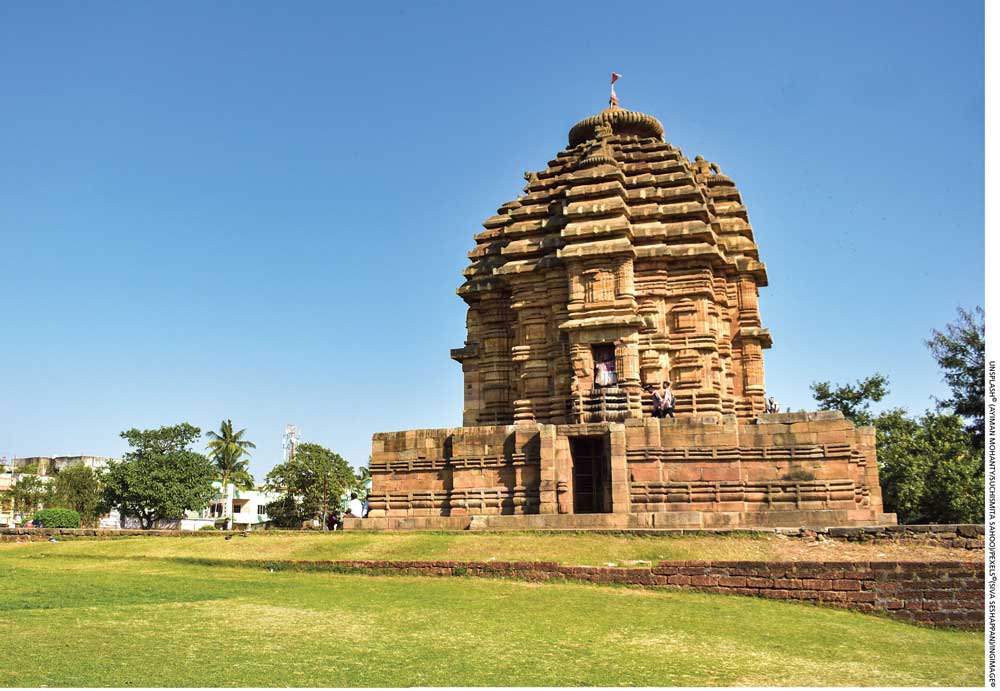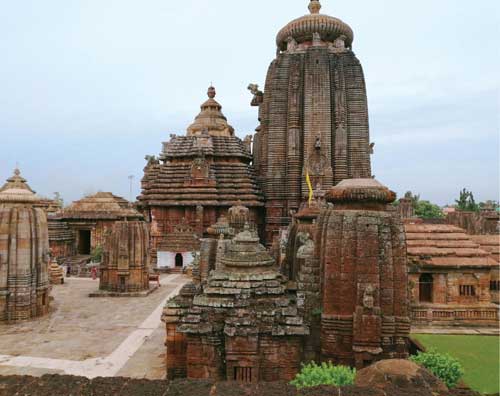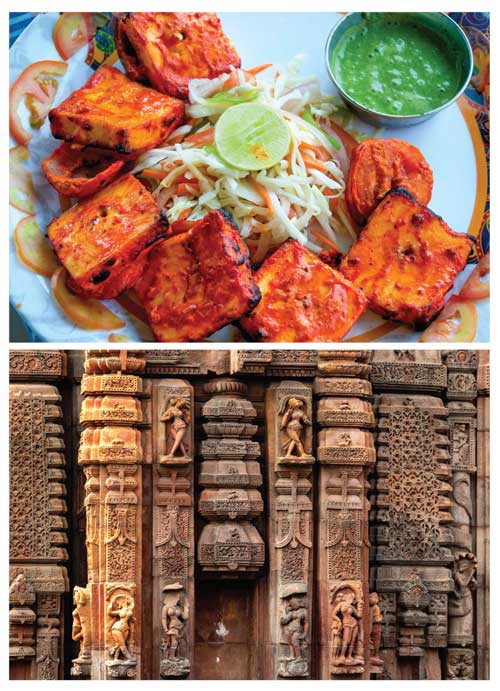HOLY CITY
Wish you were here
Temples in Bhubaneswar
Sandip Hor visits the city where Emperor Ashoka of India opted for peace over war

Eastern India’s city of Bhubaneswar is home to numerous historic temples whose architectural wonders provide a veritable feast for those with an insatiable appetite for art and history.
Going back to the BC era, the region known as Ekamra Kshetra was dotted with more than 7,000 temples. They represented the strong religious ties of the powerful Kalinga emperors who ruled at that time.
Even if its quantity has decreased substantially over time, Bhubaneswar is still appropriately referred to as the ‘City of Temples.’ It is endowed with items from the ancient Buddhist and Jain cultures in addition to Hindu remnants.
The city is divided into two parts: the ancient, where a plethora of majestic temples creates a holy and divine atmosphere; and the newer additions that were documented by the famous German architect O. H. Königsberger when Bhubaneswar became the capital of the state of Odisha in the nation’s post-independence period.

WHERE TO STAY There are plenty of accommodation options to suit all budgets; but if luxury is what’s needed, then the 57 room Trident Hotel is a good choice.
WHAT TO EAT Bhubaneswar is home to a host of cafes and restaurants offering multi-cuisine delights from Indian curries to Chinese noodle dishes.
The local favourites are dalma (a lentil-based soup that’s sometimes prepared with vegetables), santula (a vegetable curry that glides along the tongue with every spoonful), any type of sweet water fish curry and chhena poda, which is a dessert made with burnt homemade cottage cheese, semolina and sugar syrup.
WHERE TO SHOP Set to the ambience of a traditional rural marketplace, Ekamra Haat is the best place to buy local handicrafts, artwork, silk saris and textiles.
WHERE TO GO While the newer part of the city boasts modernity – and comprises luxury hotels, cafes, restaurants, trendy shops and glittering shopping malls that flank wide boulevards – the temples are found in the older part of town. They are filled with crowds, chaos and cacophony.

The grandest and largest of all the temples is the 1,000-year-old Lingaraja Temple, which is dedicated to Lord Shiva. Its colossal tower can be sighted from a fair distance away.
This temple is located on the banks of the Bindusagar Lake where devotees enjoy a customary dip as it is considered a soul purifying water body. This shrine, which was built in the 11th century, is filled with thousands of devotees every day.
Its exterior face including the 60 metre high tower is intricately carved with beautiful figurines of Hindu gods and goddesses in various postures. The temple is full of vivid carvings of alashakanyas – i.e. maidens in an idle mood, posing seductively to charm passers-by.
No other temple in the city compares to Lingaraja in terms of enormity and spiritual consciousness. However, others such as the 10th century red and gold sandstone Rajarani Temple, and the elegant Mukteshvara Temple, garner equal artistic acclamation.
Other sites of significance include the twin hills of Khandagiri and Udayagiri, which contain a honeycomb of rock cut caves that were built for Jain monks in the 2nd century BC.
Dhauli is where the triumphant but extremely distressed Emperor Ashoka threw his sword away after witnessing the carnage of the Kalinga War in 261 BC. He then embraced Buddhism and preached peace for the rest of his life. His son Mahendra (Mahinda) and daughter Sanghamitra (Sanghamitta) travelled to Sri Lanka to bring Buddhism to the island.
The Japanese later built a huge peace pagoda on the location and it draws visitors from all over the world. This dome-shaped edifice has stone panels displaying Lord Buddha’s footprints and a bo tree.



